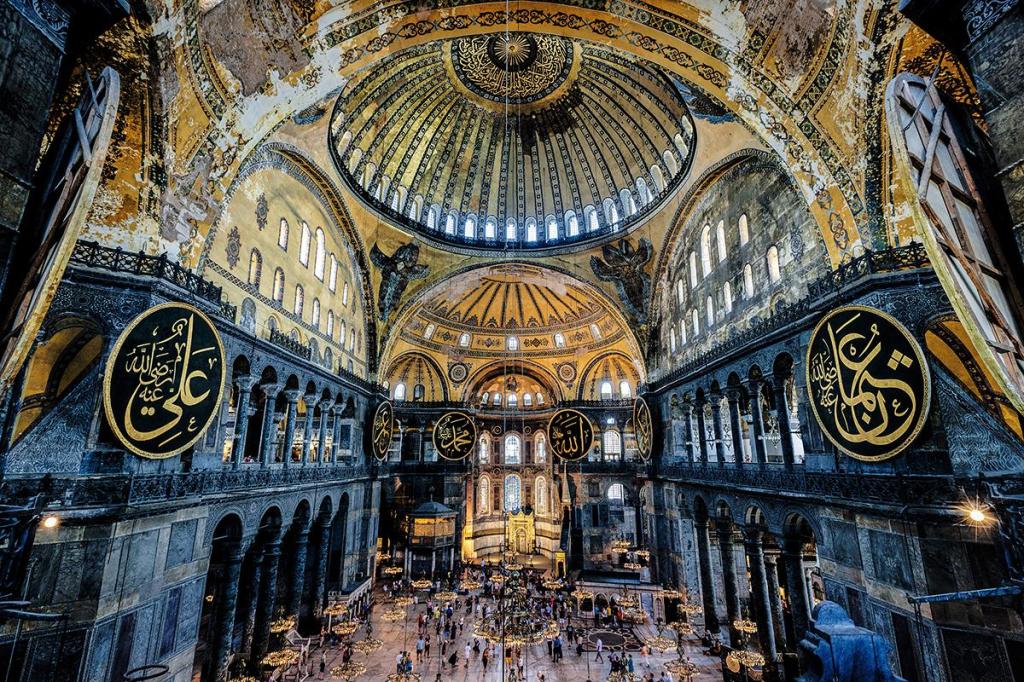
When it was constructed in 532-537 the Hagia Sophia; the church of Holy Wisdom, was the largest space enclosed by man and retained that honour for almost 1,000 years until the construction of Seville Cathedral. But Justinian’s Cathedral was not perfect, and the dome collapsed in June 558. The reason for the collapse happened on December 14th in 557.
There were two precursor earthquakes earlier in the year in 557. They caused some damage but nothing really serious, but they were indications that the ground in the region was under severe stress. Issues came to a head in December of 557 when an earthquake of “unparalleled ferocity” razed much of the city and shook the great temple to its core.
The Great Theodosian Walls were damaged also, not for the first time. Although the Huns were now a greatly depleted threat they still raided freely in Thrace and Illyria. In the Summer of 558 they were able to scavenge amongst the ruins of Constantinople itself.
The earthquake itself struck just before midnight on the 14th of December when decent people were fast asleep. It was fierce and relentless. The population streamed out into the streets to escape crumbling buildings. But the city had few wide open spaces and even in the streets falling debris was dangerous. Many people scrambled to churches hoping for safety.
Accounts from the time speak of a breakdown in societal norms that reflects the pagan Roman feast of Saturnalia. Slaves refused to take orders from their masters. Poor and the Wealthy mingled freely, as did women and men. Freezing sleet chilled the distressed populace and aftershocks kept them in a high state of anxiety. As the day dawned on the 15th the tremors ceased and relieved survivors embraced in the streets in relief searching for surviving friends and relatives.
The Emperor Justinian set aside his crown and observed a 40 day period of mourning following the incident. But he had greater things to worry about when his great creation showed signs of severe damage, resulting in the dome collapse. A superstitious man might have questioned his legitimacy.
from Hagia Sophia; by Thomas Merton
All the perfections of created things are also in God;
and therefore He is at once Father and Mother. As
Father He stands in solitary might surrounded by
darkness. As Mother His shining is diffused, embracing
all His creatures with merciful tenderness and light.
The Diffuse Shining of God is Hagia Sophia.
We call her His “glory.” In Sophia His power is
experienced only as mercy and as love.
-=o0o=-
This site is available for free and I make no money from any ads you see here. If you would like to show your appreciation feel free to leave a comment or you can buy me a coffee! http://buymeacoffee.com/DonalClancy